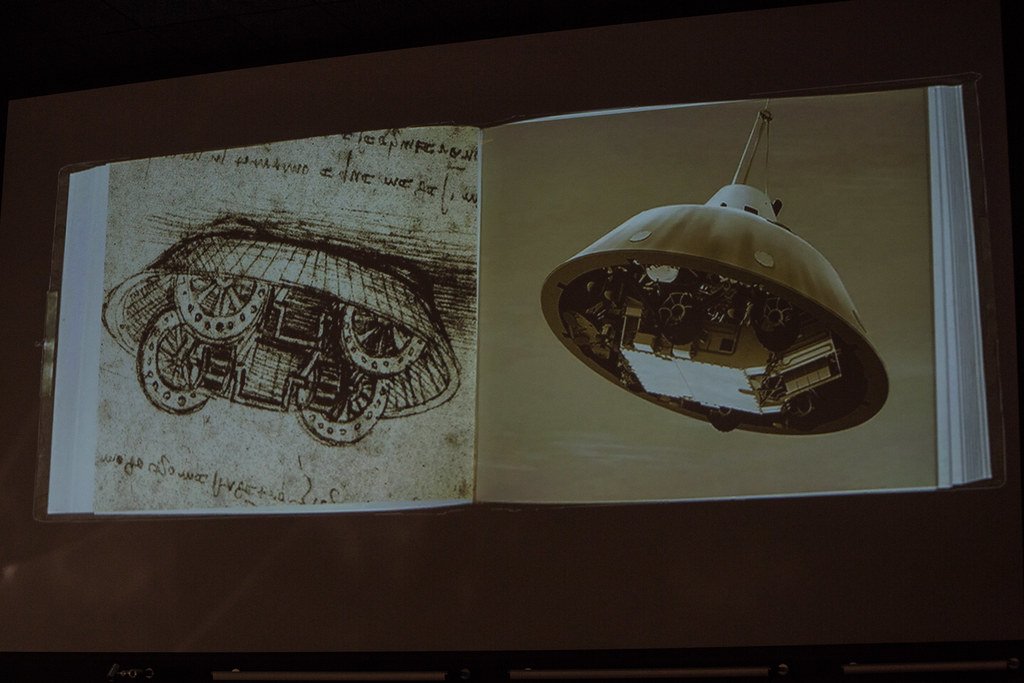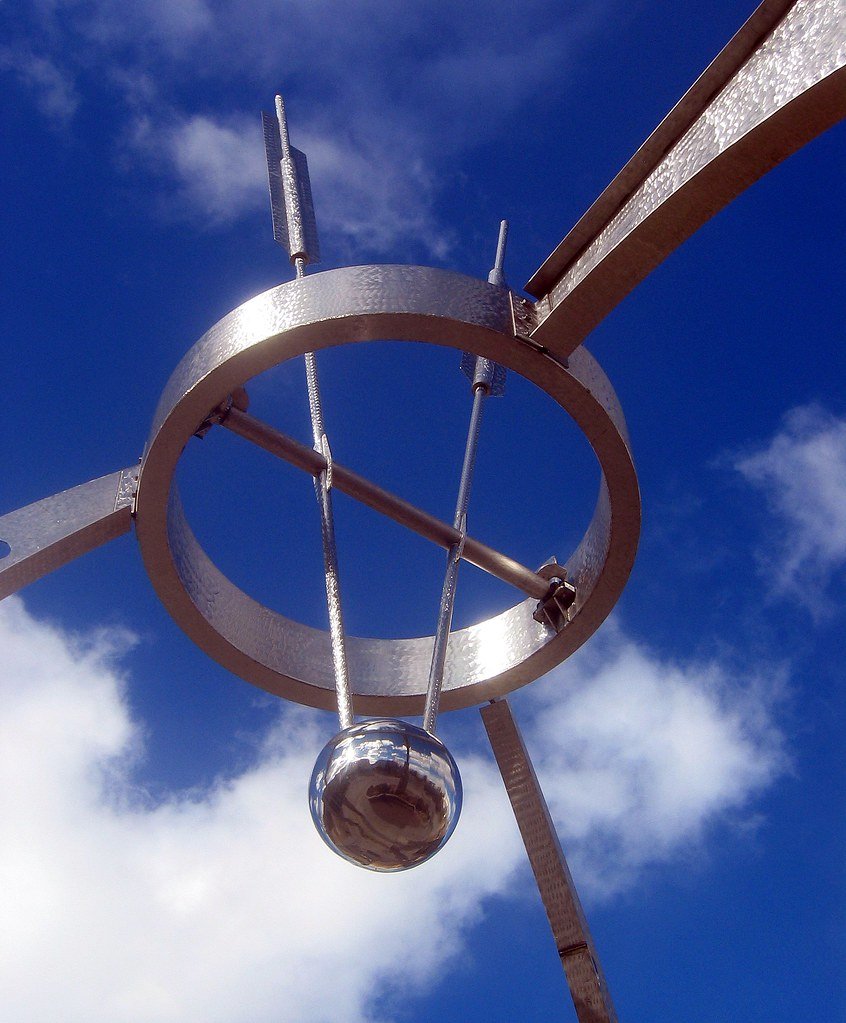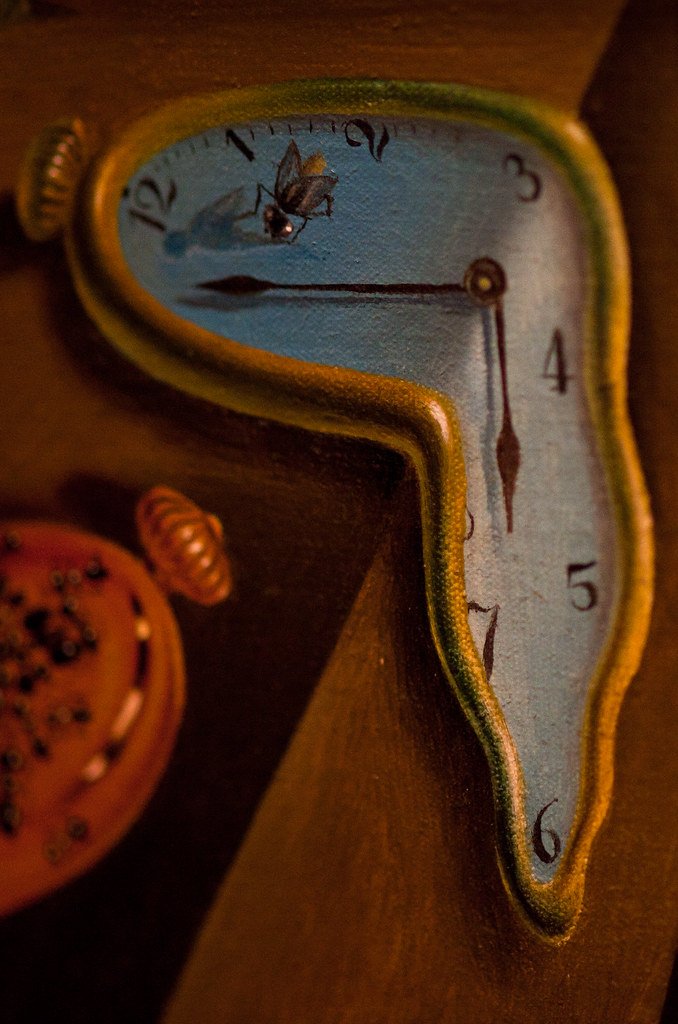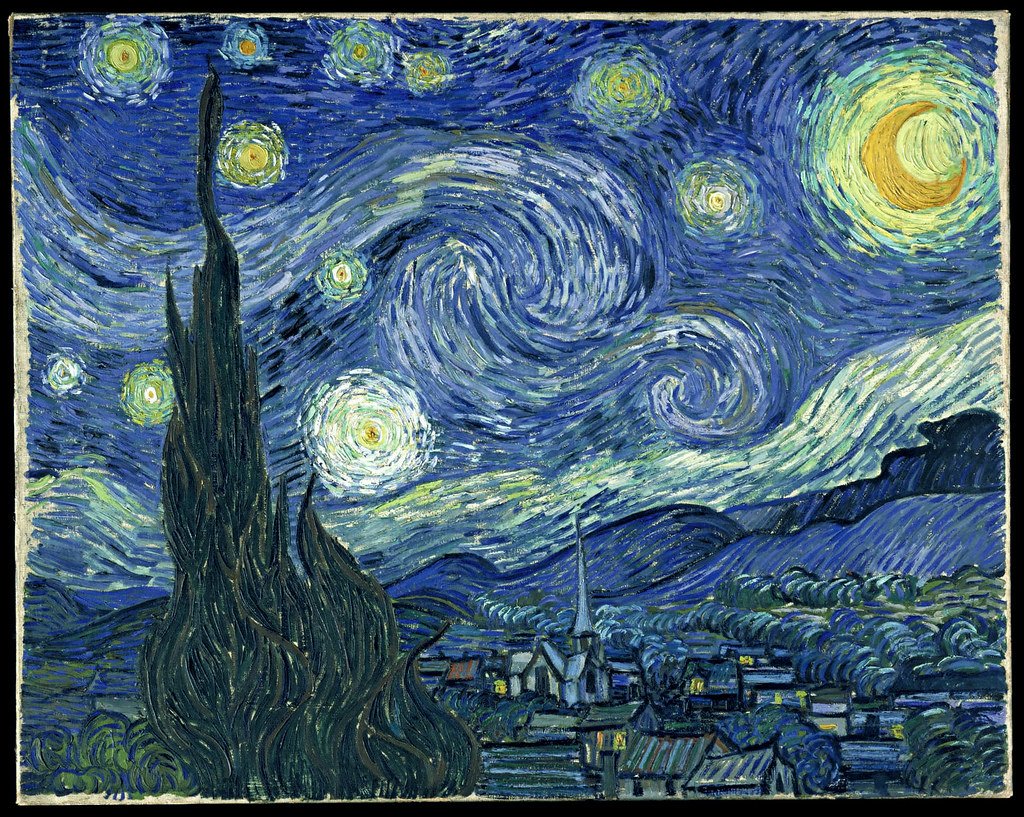
Once again, it would appear the government is revisiting its plans, first mooted towards the start of this year, to limit the number of students studying what they deem to be inappropriate courses. Courses which they consider unlikely to create instant taxable wealth for the exchequer, and/or to lead to solid, reliable starting salaries which will guarantee instant repayments on their student loans. As more and more graduates are forced into low-skilled work, student loan repayment has become a major issue, with outstanding student loan payments reaching £140bn last year.
Now, I guess I’m one of the lucky ones. I knew from the tender age of nine when I got my Philips electronic kit for my birthday, that this was going to be my life. I, henceforth, eschewed anything non-scientific and became a proud philistine. Julius Caesar for ‘O’ Level English? Nope; never understood a word of it. The Treaty of Versailles (1919); that’s somewhere near Paris (probably), but as for what a treaty might be, who knows? Palladian architecture? Something to do with the Royal Variety Performance? Well, you get the idea anyway.
With the exception of a keen interest in music, I have remained a scientist through and through, like the proverbial stick of rock. I’ve shown shamefully little interest in art galleries, museums (science museums excepted, obviously), poetry and most serious literature. And as for that marble glob planted near my home up on the Exeter University Campus which others like to term ‘a Hepworth’, well…
So, my CV in summary: Philips electronic kit, electronics degree and postgraduate electronic engineer, engineering academic, a long and happy retirement (ongoing). I’ve had lots of interesting times, met with brilliant people and visited fabulous places. Occasionally, I experience real excitement during moments of scientific breakthroughs, too. No regrets.
So, you would be forgiven for assuming this tightening up on student numbers in the creative arts sector would be welcome news to this uncultured barbarian. Maybe those freeloading hippies will finally be forced to get a ‘decent qualification’, and then get out into the real world and find a proper job.
Warning: there now follows a very brief history of some major scientific breakthroughs.

- Isaac Newton sat under an apple tree (1680s). You know the rest. The apocryphal bruise on his head (spoiler: it probably never happened) led to his universal discovery of gravity. He concluded that the force that attracted his apple to the ground is exactly the same one that causes the planets to rotate around the sun. And, likewise, every other single object in the whole of the universe is attracted to every other object with a force defined by an equation which was first applied to that apple and the earth.
- Maxwell’s Equations (1862). James Clarke Maxwell studied the way electricity worked according to Ampere, and then likewise, how magnetism worked according to Faraday. He saw the similarities. He spotted the links and recognised the magical mathematical dance that occurs between electric fields and magnetic fields that led him to his 4 equations, and which fully explain how all radio and light waves propagate through space.
- Einstein’s special relativity (1905). Newton taught us how bodies move under the influences of forces. Newton’s equations determine all the usual values and constants we witness in everyday life.
We live in a 3-dimensional world with time as an extra, add-on dimension when we need it. Not only does it all work, but the theory strongly ties in with our own sense of reality. And then along came Einstein to spoil it all. He told us that all this common sense, this intuition, breaks down when things move very fast. In fact, the only way to describe what happens at speed is to rethink what we mean by the three dimensions of space plus time, and consider them, instead, as four completely interrelated dimensions in which altering one of them changes, to a greater or lesser extent, the other three. So, if you move fast in time, your other three dimensions are going to change. Yes, I really am saying, move fast and your shape distorts. This is so counter-intuitive to daily reasonable thought. Yet it’s true and we just have to get our head around it.
But then things were about to get even more bizarre for the scientific pragmatist! - Quantum mechanics (1924) shows that our normal, reasonable laws of physics also break down when things get very small. Suddenly, it’s impossible to measure quantities with the perfect accuracy that we always thought we theoretically could; not even in a perfect world with perfect equipment. To be clear, it is nothing to do with a deficiency on our part; it is an absolutely fundamental limitation. Quanta (tiny particles) are both particles and waves and at the same time. Yet they will only display one of the characteristics at a given point in time depending on the circumstance. Quanta can appear to be in two places at the same time. If you try and heat a group of quantum particles, some will get hotter than theoretically possible according to standard thermodynamic equations, and others get cooler. Yes, you heat it, and bits of it actually get cooler. I could give many further examples of quantum eccentricity but there’s a real danger of unsettling you and that is not my intention.
- Superconductors (1965). These are, basically, what they say on the tin. They can pass electricity with no resistance at all. Zero friction. Put 250V mains into one end of a superconducting wire and it comes out the other end of the wire measuring exactly 250V, regardless of how long the wire is.
I could go on, maybe listing descriptions of, among other discoveries; nuclear fusion and fission, quarks and leptons (incidentally, named ‘up’, ‘down’, ‘top’, ‘bottom’, ‘strange’ and, finally … ‘charm’), Higgs Bosons (which, fundamentally, is what caused that apple to drop down from its tree), dark matter, dark energy and many more. None of these concepts are remotely intuitive to our everyday lives. They are abstract and surreal to us, although, in fact, perfectly existential.
But this is not an attempt to delineate civilisation’s greatest discoveries, but to highlight a few that required some elements of lateral thinking, looking outside the box, spotting that obscure link and then connecting apparently unrelated elements. Then, going on to examine the result of that new-found relationship and, maybe, having the courage to say ‘Well, it seems a bit loopy on the surface, but, hey, let’s work with it and see where it leads us’.
The thing is, these are not the attributes one usually associates with your typical qualified, career scientist. You see, we scientists are taught something called the ‘scientific method’ which hangs on a process of step-by-step refinement and improvement; an iterative progression while continually monitoring the results along a constrained path. Looking to the left or right of that path for alternatives is time-consuming and usually pointless. Until it’s not, because that’s where all those rare, obscure but possibly important links lie.
That slow and logical approach may have worked in the days of Galileo and Newton but today we need a more wayward thinking paradigm; abstract imagination as demonstrated by… yes, those good-for-nothing creative artists the Government so badly wants to see the back of.
According to Einstein, as a rocket approaches very high velocities, it appears to change shape. And time, as measured on board the spaceship, slows down (actually, by a different amount depending on where you are in the rocket). The art movement known as Cubism, created by Pablo Picasso, arose out of the need to define and represent this new modern reality. Whereas in the past, life and its dimensions had been generally static, science was now forcing the modern thinker to experience time, motion and space more dynamically. It was thought that Picasso had met Einstein but this is now contested. However, they almost certainly were a major influence on each other. Picasso had a “think tank”, of avant-garde literati who kept him up to date on the latest developments in science and technology. A leading polymath of the day, Henri Poincaré definitely knew both of them well. He worked closely with them and even published papers based on his investigations with these men, who were, after all, the greatest living scientist and the greatest living artist of the day.
Similarly, Salvador Dalí was very much intrigued by Einstein’s work on relativity, as well as Niels Bohr’s atomic models. The link between the weirdness of quantum theory and relativity is demonstrably clear in his surrealist canvases.

Spiral nebulae were discovered in the 1850s and featured in a popular astronomy book by Camille Flammarion in 1870. The same, recognisable swirls can clearly be seen represented in Vincent Van Gogh’s 1889 painting, The Starry Night.

I’ve already described Maxwell’s Equations as a ‘magical dance’. Many physicists refer to them as aesthetically beautiful. The set of four equations describe the interplay of the varying electric and magnetic fields; one parameter rises and, as a consequence, another begins to rise in synchronicity, which then, in turn, drags the first one down. This repeats ad continuum. Maybe the ‘magical dance’ is better described as a circle dance in lockstep (if such a thing exists).
Okay, so you now have some evidence that, over the years, science has influenced art. But what about the corollary – art influencing science? For many years, scientists have been trying to illustrate complex dynamic processes and data in a manner that can be readily understood by applying an aesthetic framework. The great physicist (and bongo player) Richard Feynman created Feynman Diagrams eighty years ago to illustrate complex subatomic mathematical interactions, initially as a teaching aid, but later as a tool for himself and his fellow researchers. They are still very much in use today and for the same purposes.
Many other diagrams, charts, graphs and even colour-coded, animated spreadsheets have been created with the aim of simplifying complex technical processes. Such artistic portrayals have recently increased in popularity and have now been brought under the umbrella subject headings of Data Visualisation and Infographics. Although fundamentally their purpose is as an artifact to aid scientific understanding, the input from people who are gifted enough to extract from the scientific framework, lucid, impactful and thought-provoking representations, in a fresh, original and aesthetically pleasing way is most definitely required.
Certainly not people like me. Bring on the creative artists. We all need them, no matter what this government or its succession of education ministers think!




